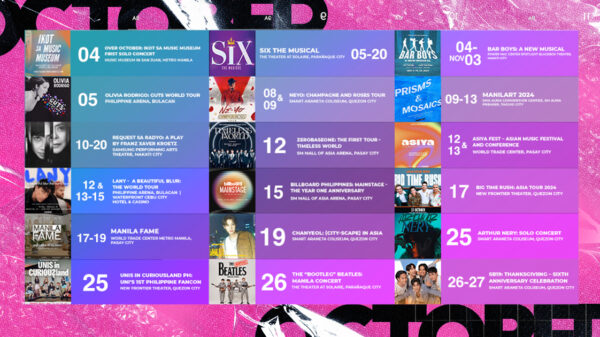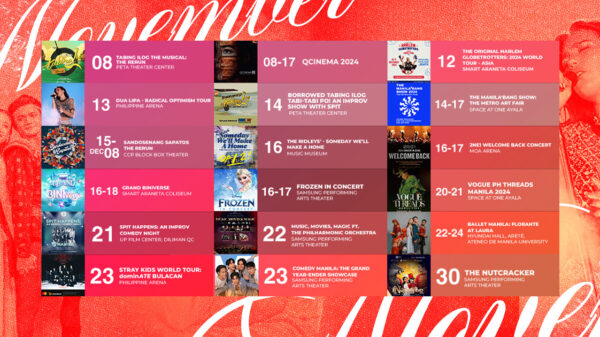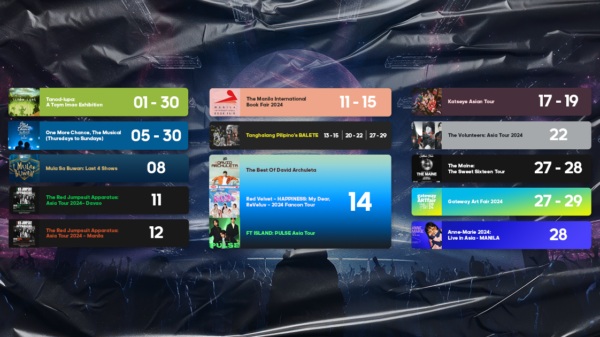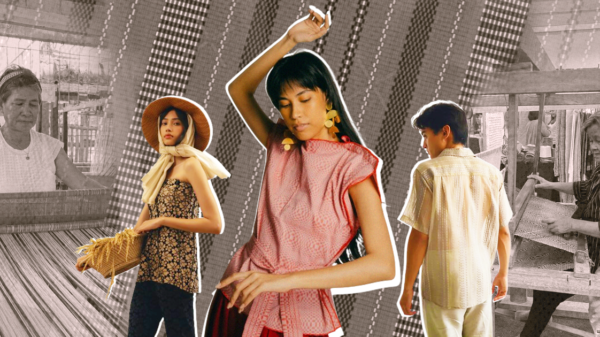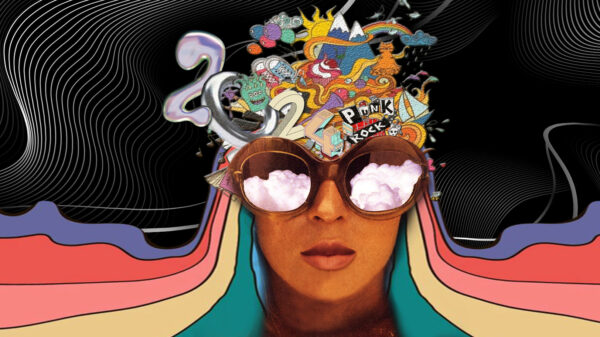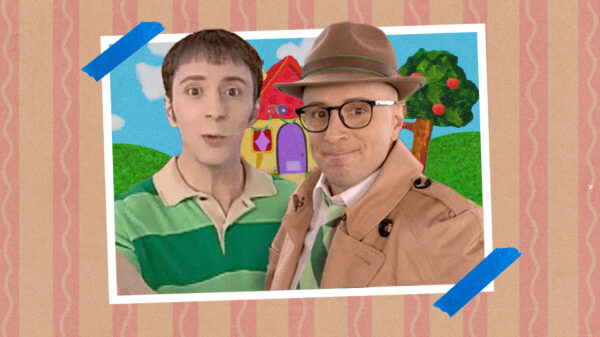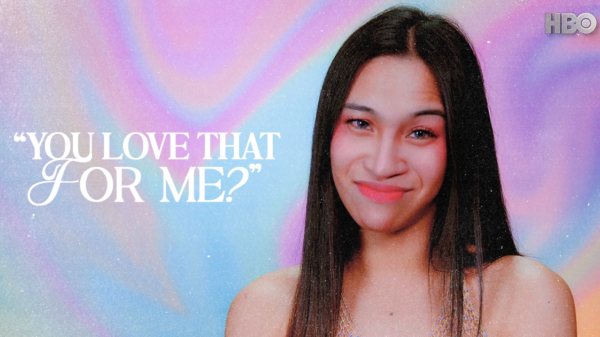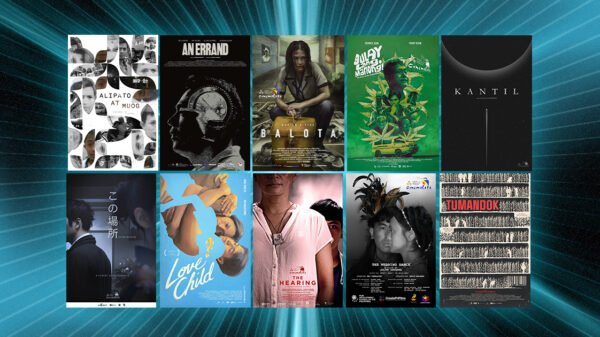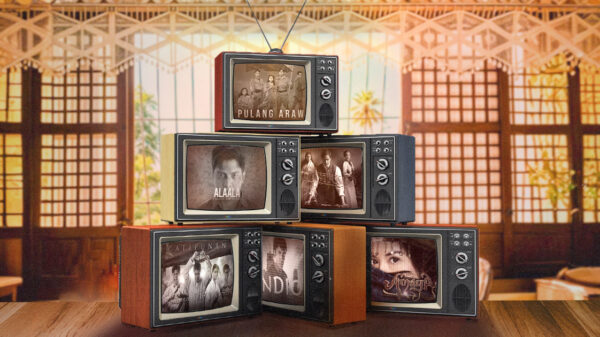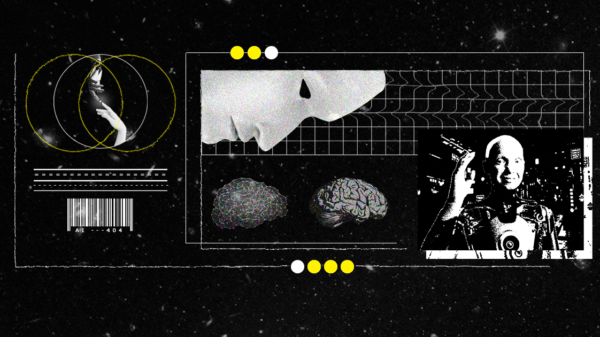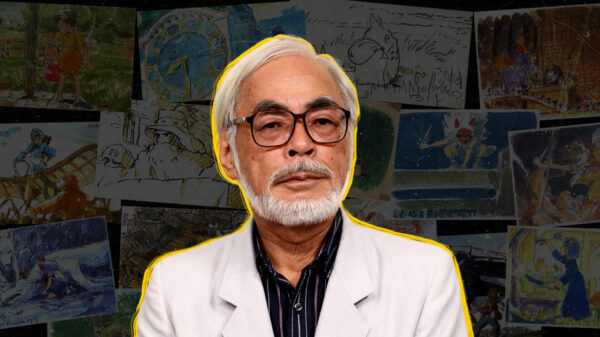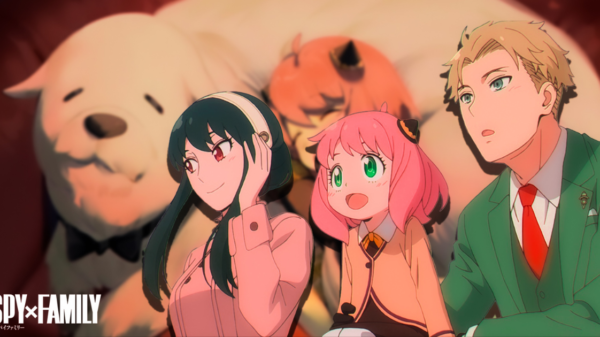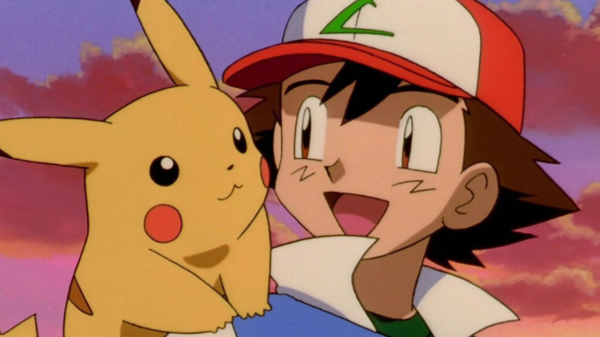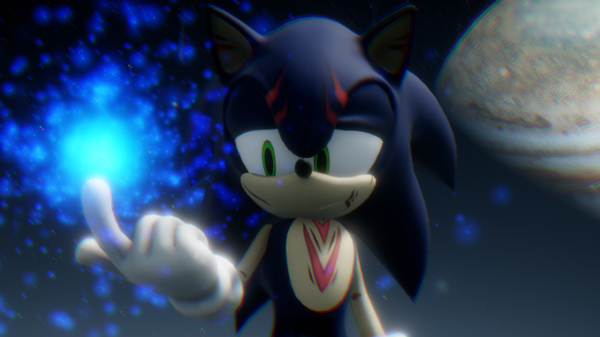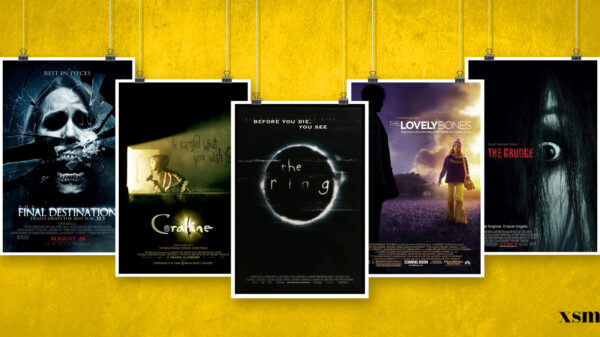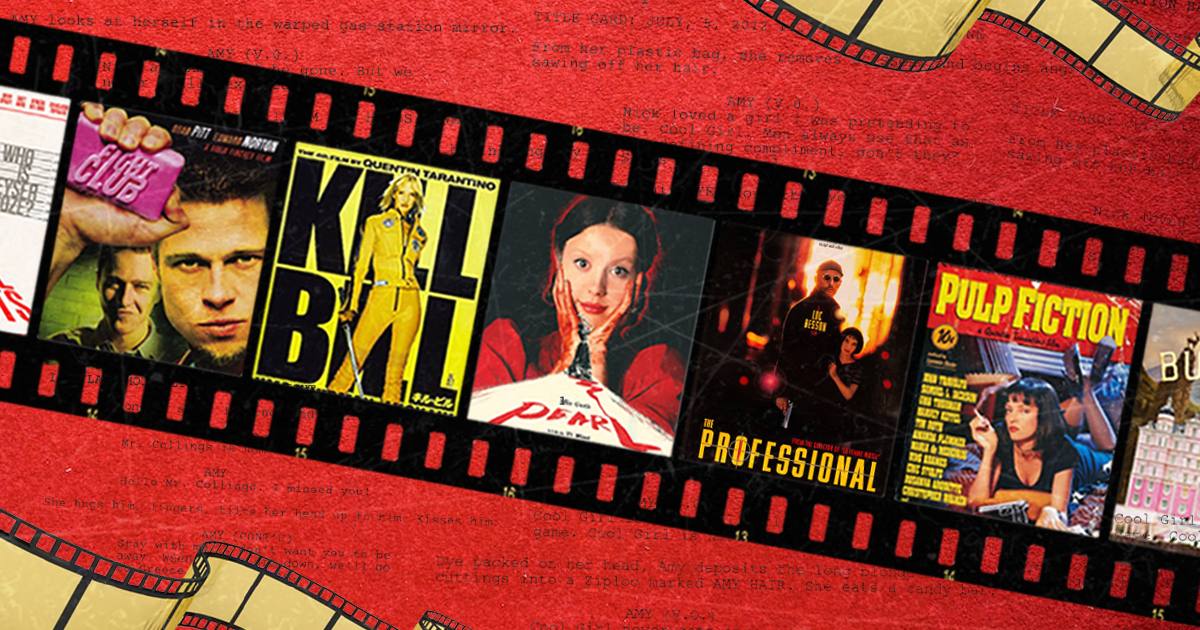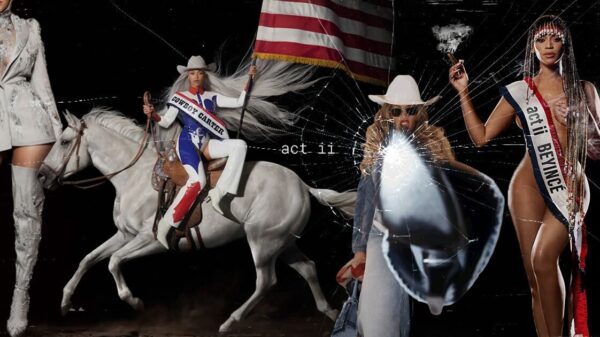Film transitions are important in a film. The efficiency of the film transition is heavily dependent on the pre-production and shooting phases; for the most part, these transitions are pre-planned in the shot list. A scene’s transitions can make or break it since each one offers a vastly different meaning and aims to transform the audience’s impressions.
Transitions in films can be used to emphasize the passage of time, character movement, plot points, pauses, quiet, and much more. They can accentuate particular characters or situations in the scene and are crucial to the general framework of the movie.
Here are some of the most popular film transitions you might be very familiar of:
CUTTING IN ACTION
Cutting in action is simple. This means cutting one shot to the other while the subject is still in motion. Most of the films that uses this type mainly wants cutting on ‘punches’ but it doesn’t necessarily have to go with just punches. It could be as simple as turning or throwing stuff or character going through a door.
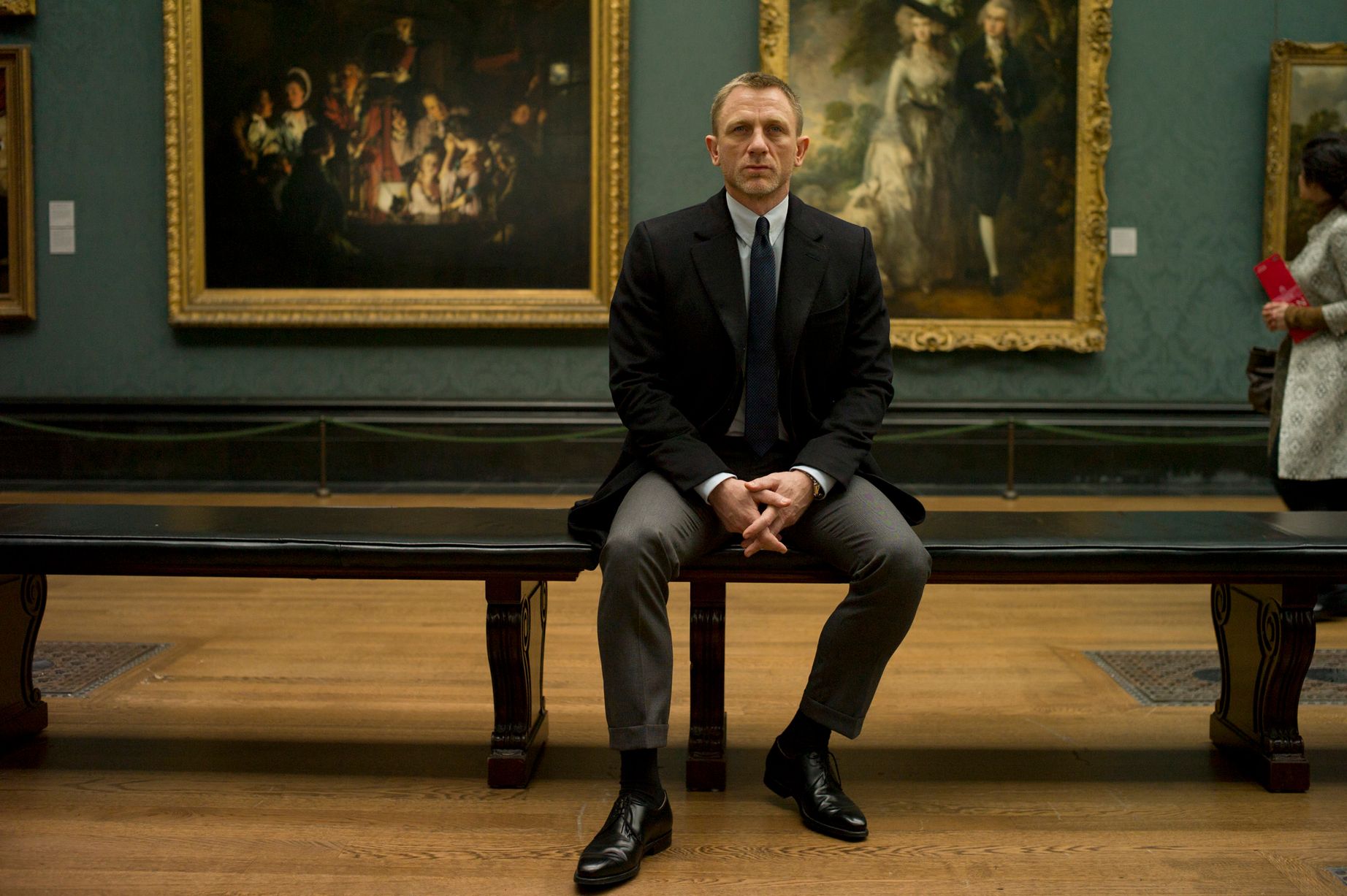

A perfect example for this one is the Skyfall. Watching the Skyfall makes you want to jump of your chair but looking at how they dissected some of the almost impossible scenes, it’s almost as perfect as it seems. What makes the moves so smooth is how cutting in action takes place in every story of every scene. Aside from the mind-blowing transitions, what makes it so good is James Bond. Period. No further explanations.
CUT AWAY
A cutaway shot moves away from the primary action to display supporting details before coming back to the main frame to emphasize what has been portrayed. For instance, this transition could take the audience to a new era and location to support a character’s actions or speech.
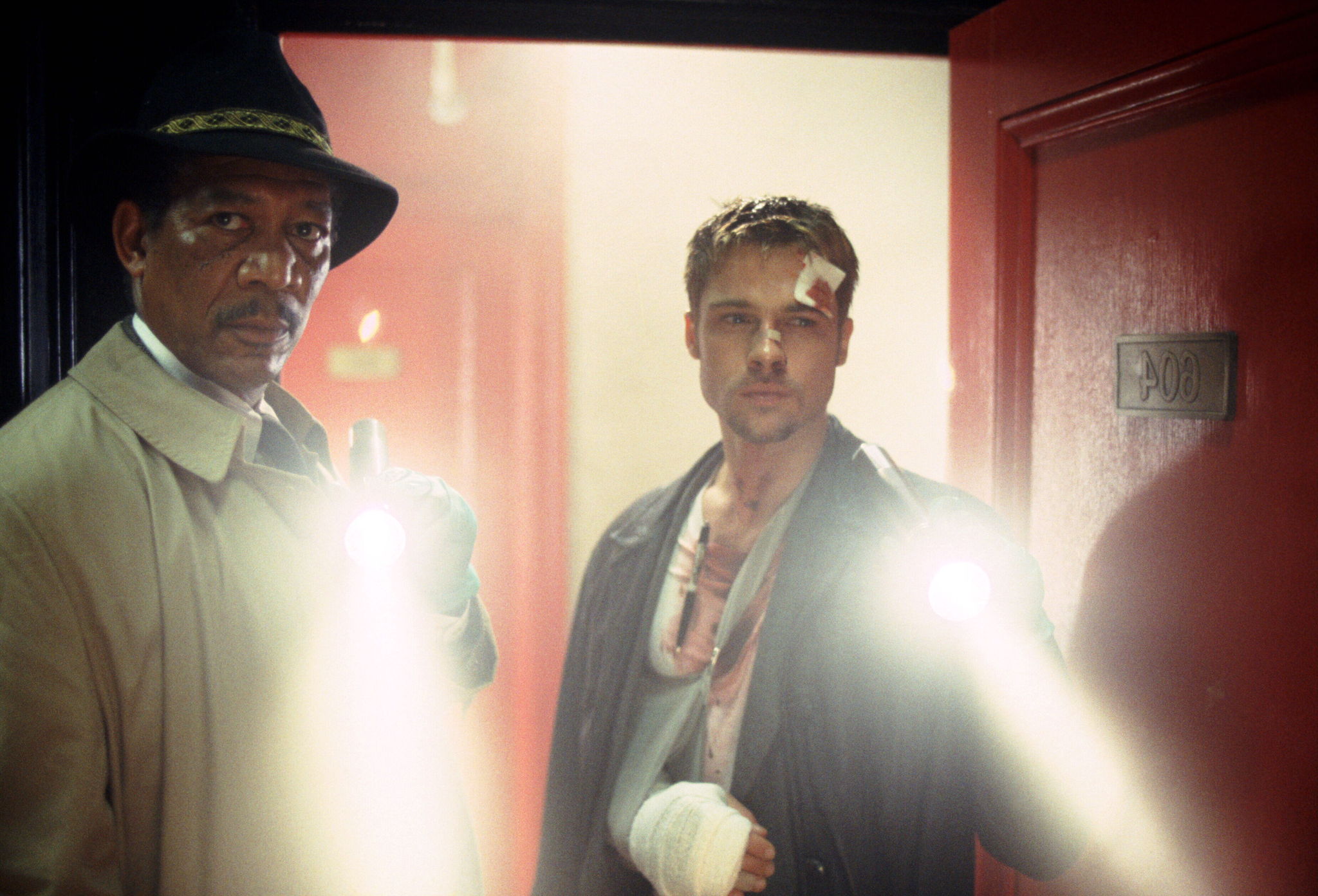
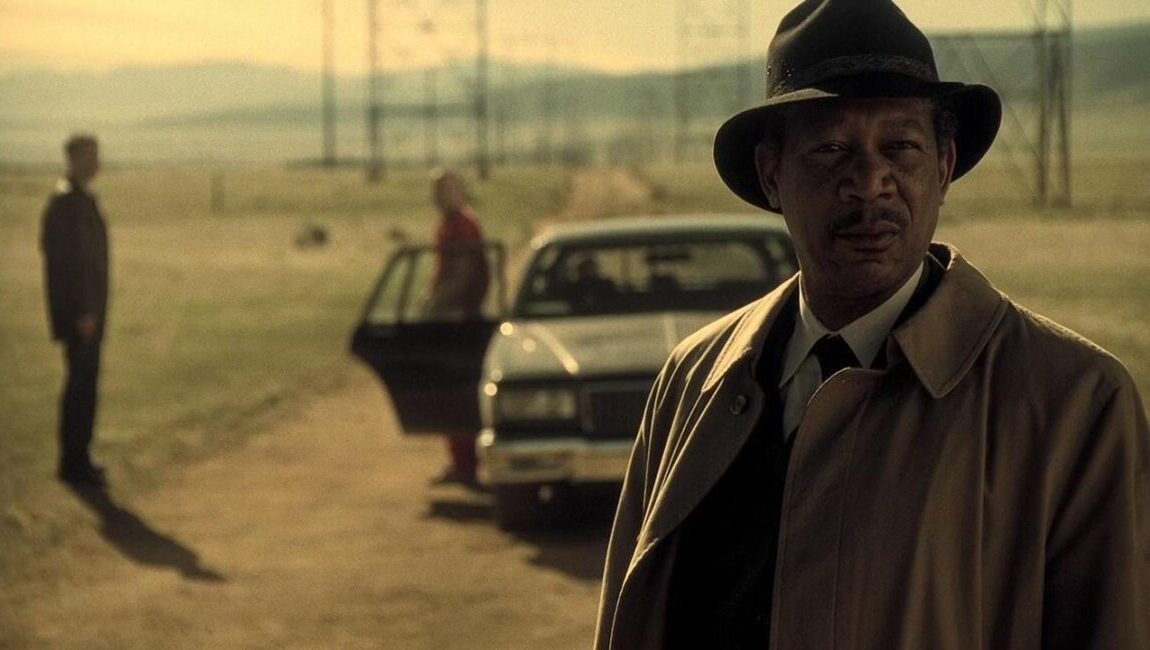
Se7en is one of the most popular American crime thriller by David Fincher and it’s a total classic. Cut away scenes from Se7en usually gives more meaning to the character, Brad Pitt, himself and everything else is just as good as that.
CROSS CUT
This is the type where there’s back and forth in between locations. A perfect example would be phone calls. As we see, when a main character is on his or her phone, it usually cross cuts to the other hand and back and forth to its original clip. This technique also shows what’s going on in the character’s head.
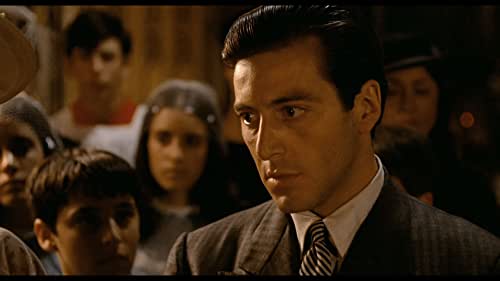
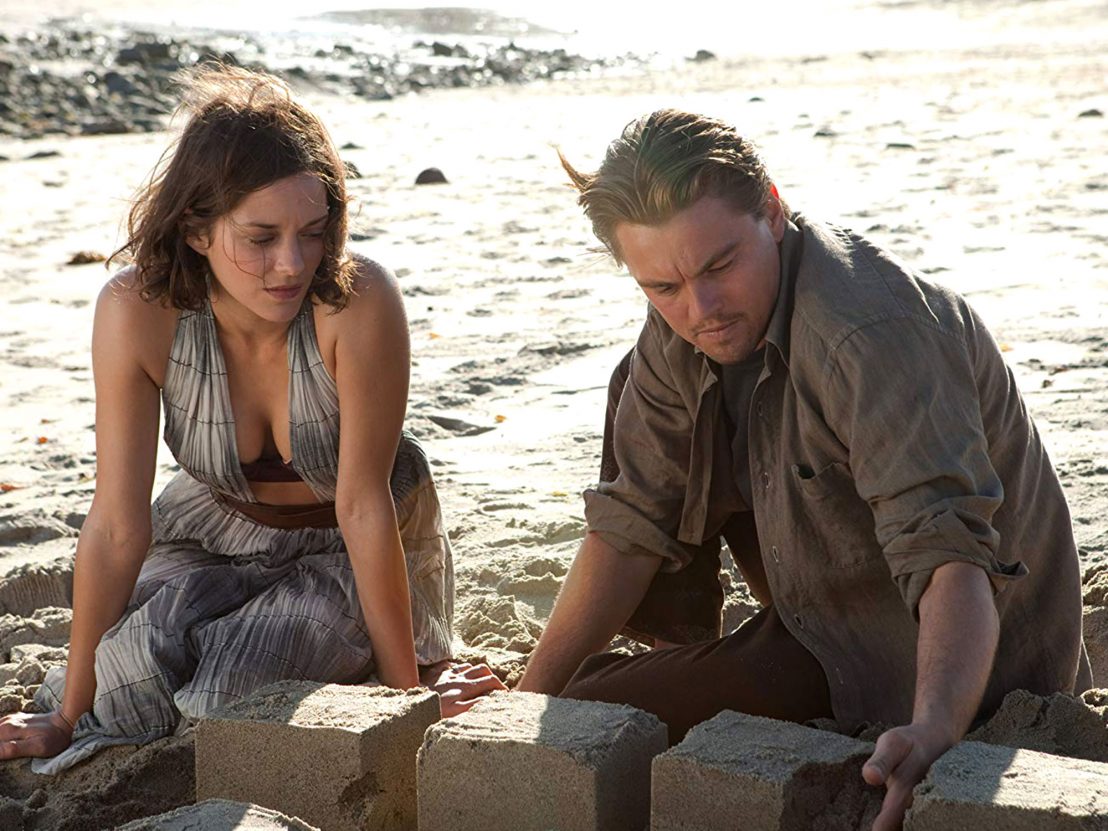
Perfect examples for these are the films The Godfather and Inception. Picturing you have a specific scene in mind then it cross cut to the idea of having it on to the mind of your protagonist– just the exact time where the climax begins.
JUMP CUT
Jump Cut is basically jump. In here, you’ll need a longer film clip to make it, and you’ll need to trim out the important parts of it. After that, add the passages you want to include back into your chronology. This gives the impression that the clip is skipping through time.


For most editors or film interpreters, it can be hard to portray such a film showing the passage of time. But it can be incorporated into a proper jump cut. Seeing the likes of the popular The Royal Tenenbaums, Eternal Sunshine of the Spotless Mind, and Kill bill are the perfect film examples.
DISSOLVE
When using the dissolve transition in video editing, one shot appears to dissolve or fade into the next. As the first clip ends and becomes lighter and lighter, the second shot begins to fade in and becomes more noticeable. Usually, this transition lasts between 24 and 48 frames.
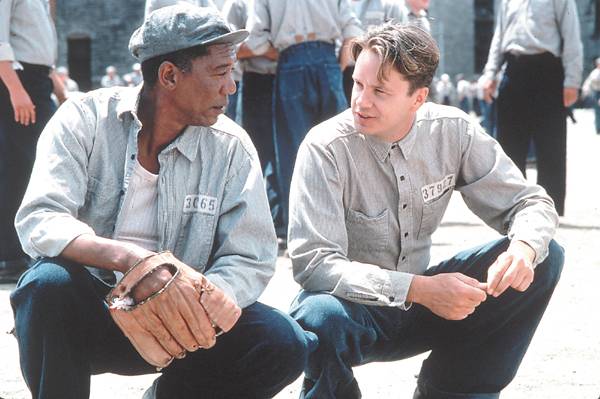
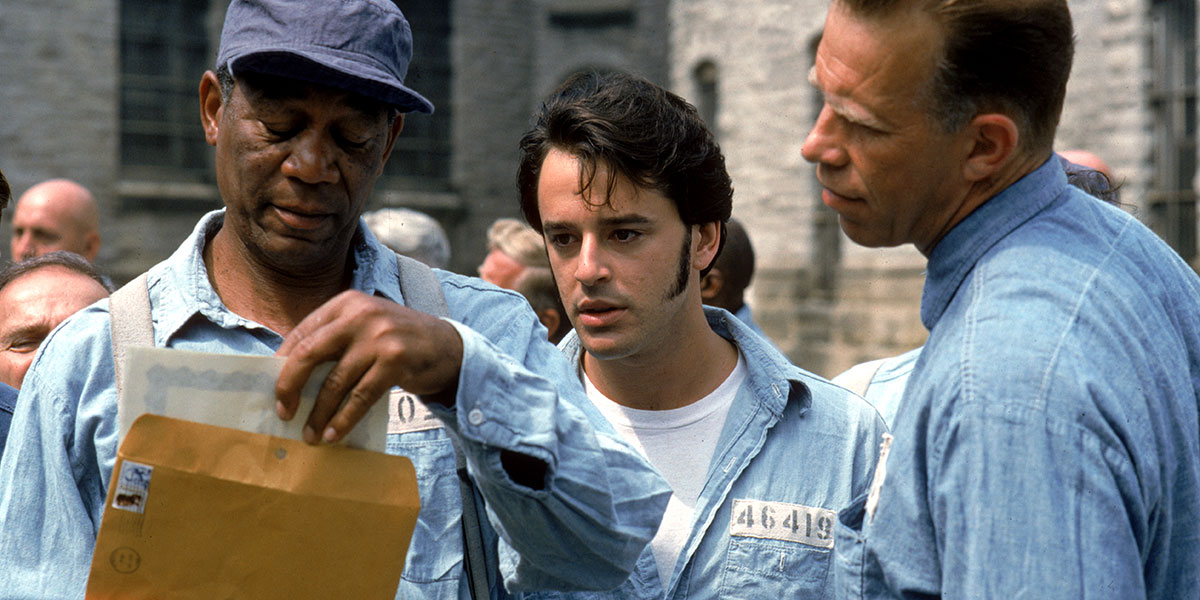
This is quite true that all classic films and big time movies in the 80’s to 90’s uses dissolve as their transition in almost every scene. No judgment but the dissolve just caters a wide array of impression that gives out the director’s and cinematographer’s style. Shawshank Redemption is one example.
THE FADE
Another basic cinema transition is the fade, which is simply when a scene fades to or from black, turning the entire screen totally black. The scenes can be indicated as “fade in” or “fade out” in scripts. This cut is particularly effective for closing scenes because they are used to naturally finish out acts and lead the audience to believe the drama is over.
The pictures below are the perfect example if you have seen La La Land. Self-explanatory.
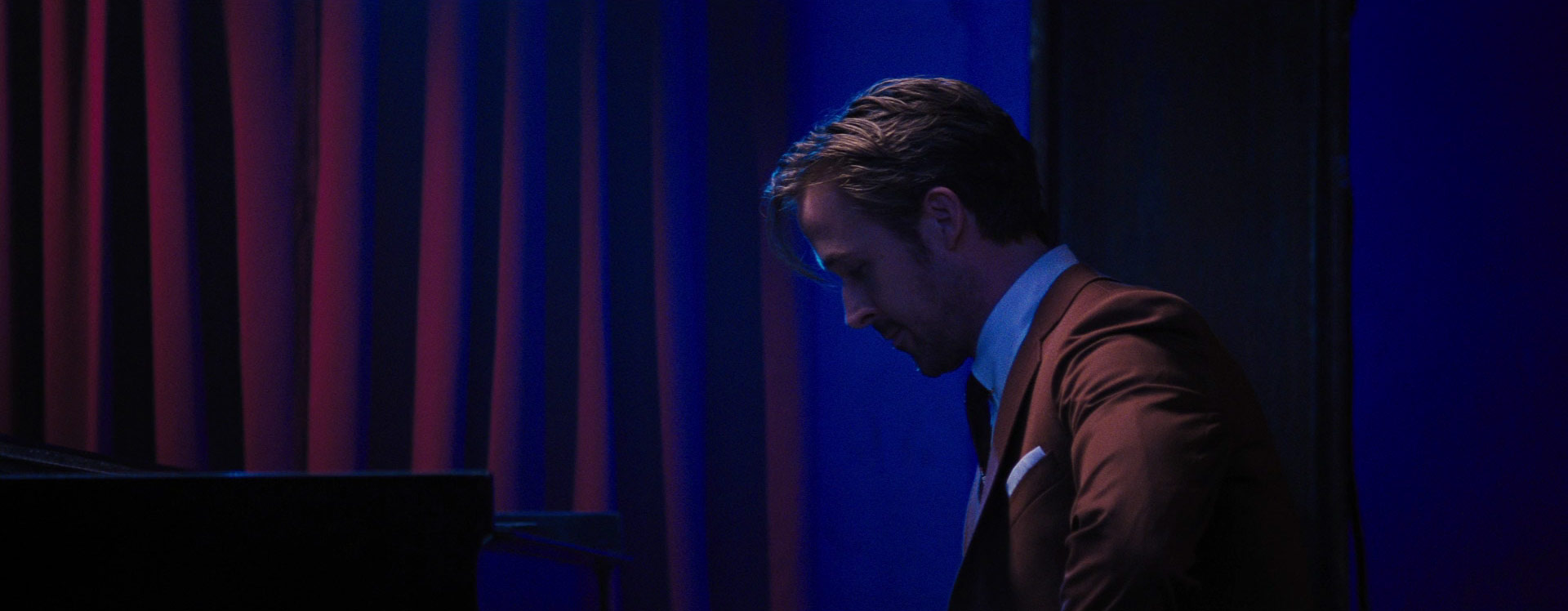
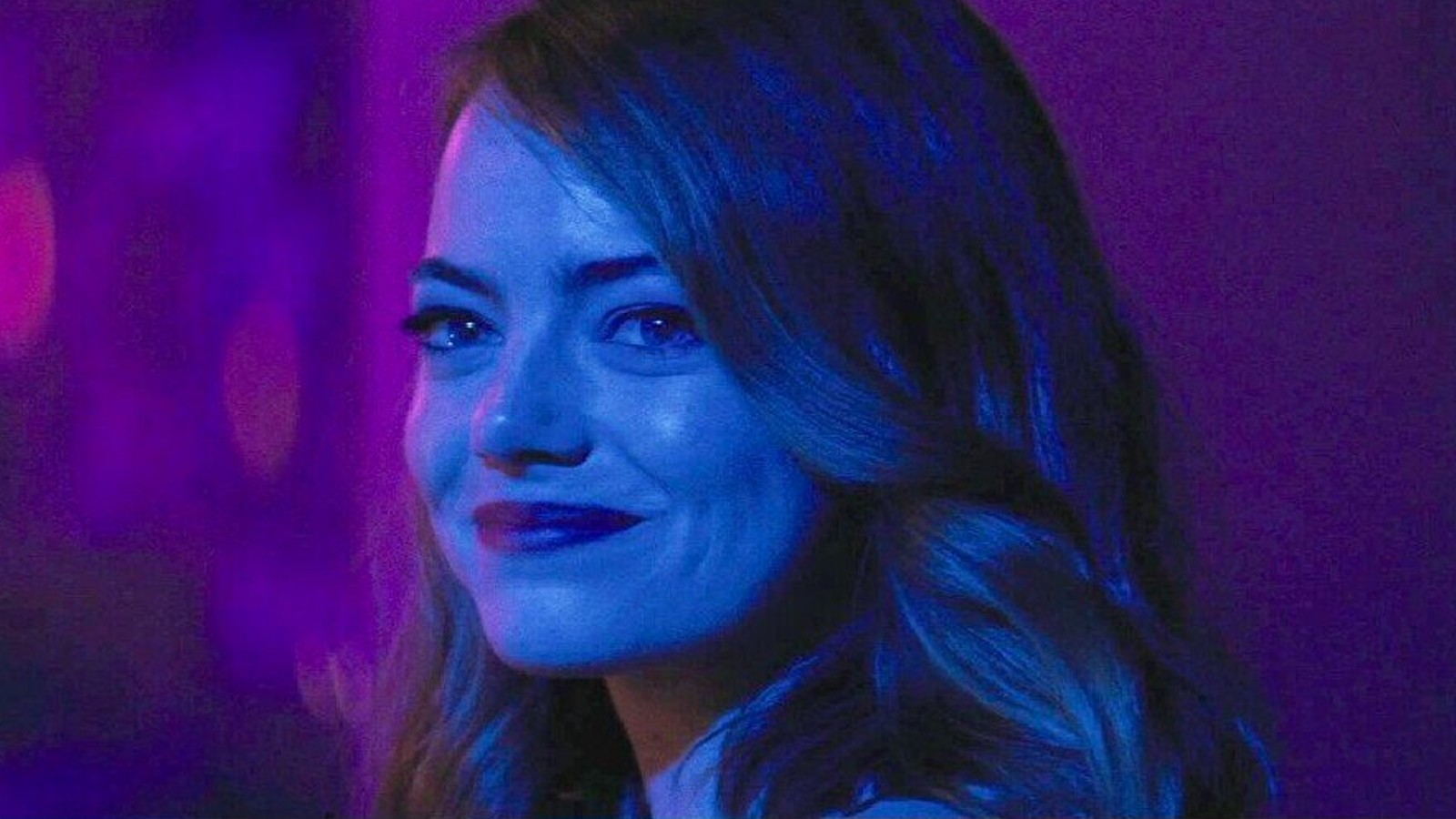
WIPE
The wipe transition is the opposite of the dissolve transition since it draws attention to itself. When one shot replaces another in a specified direction or with a specific form, it is known as a wipe cut.
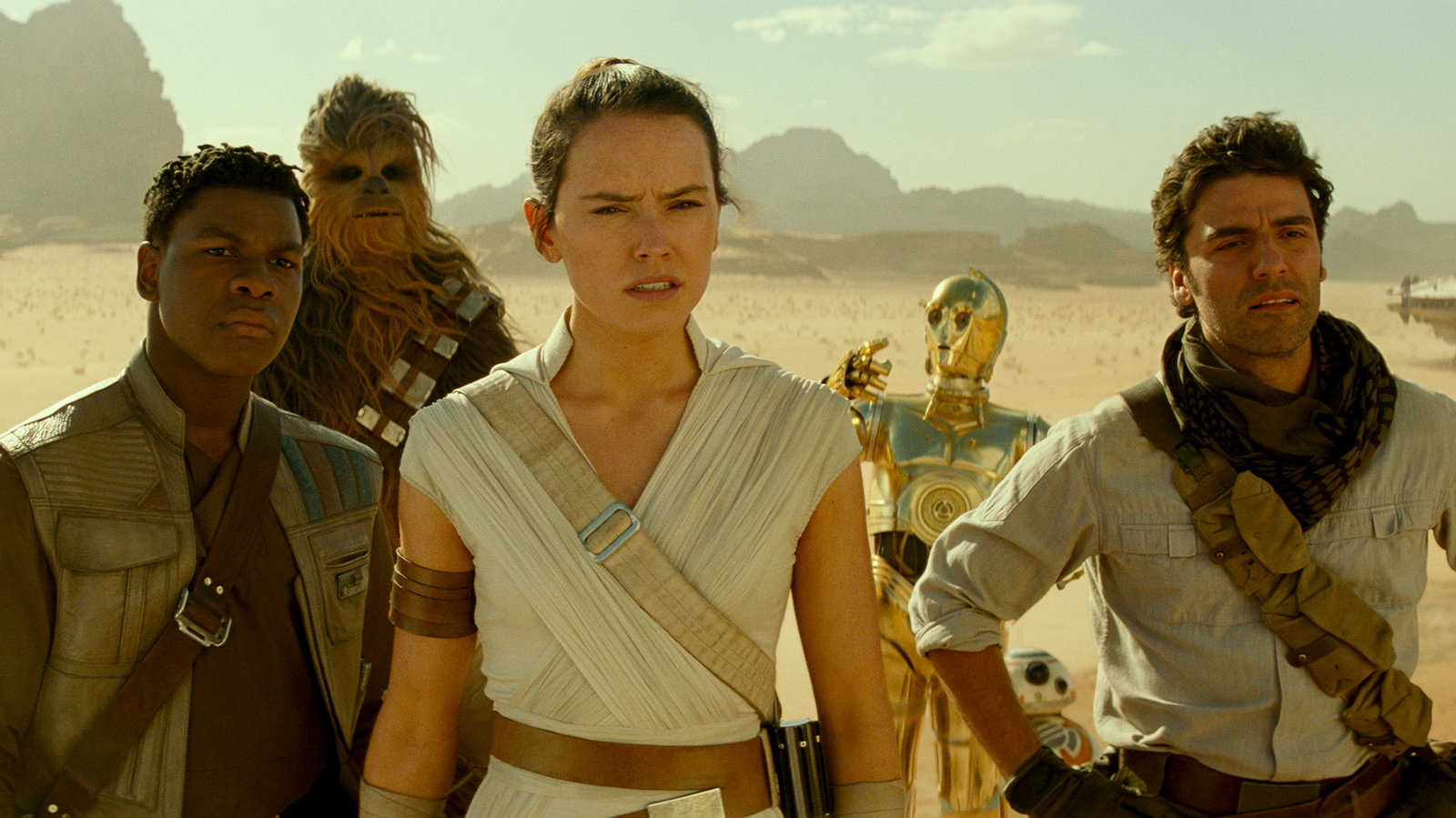
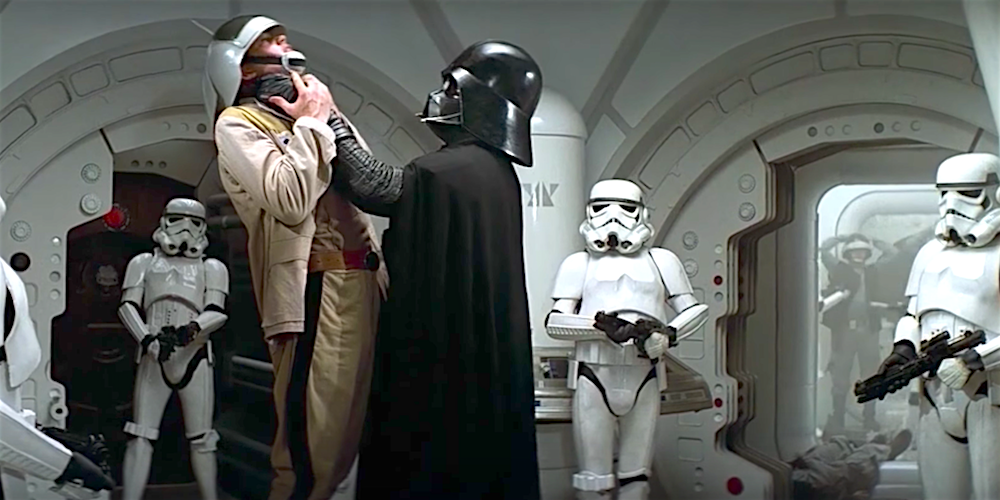
One perfect example is perhaps notably the wipe transition is used throughout the Star Wars franchise.
CONCLUSION
Your audience is guided by transitions.
The way you transition from one scene to the next in a movie, or even between cuts, may create or ruin a scene. A film is good because of its story, how it was color-graded, the script, but always in par with a good transition. Transitions conceptually represent time passing, character movement, pauses, stories, and silence– these are the factors in getting to know the film more and setting a close relationship to that as a viewer. From the opening to the very end, we all know that it’s the structure of every great movie.





